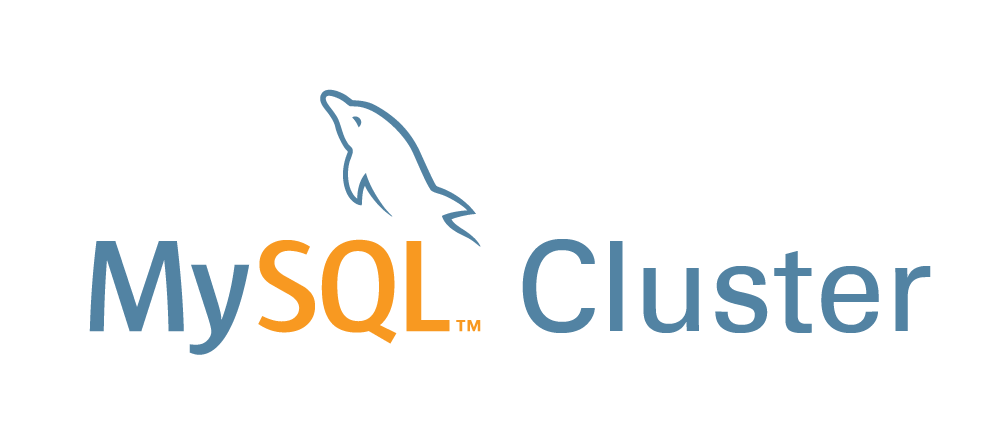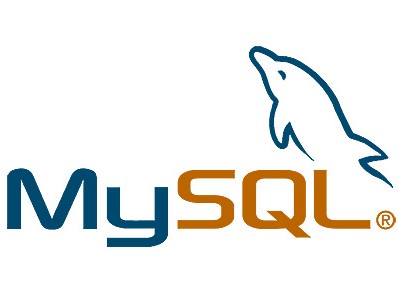Configuration change and rolling restart with MySQL Cluster 7.0
This article will describe how we start this cluster after a shut down, changing configuration and do a rolling restart. The configuration The config.ini stored on the first management node:
Configuration change and rolling restart with MySQL Cluster 7.0 Meer lezen »




